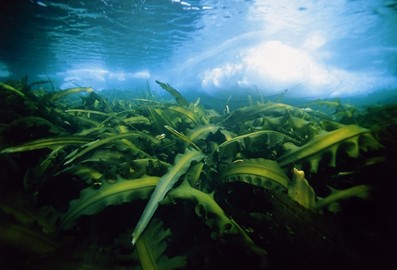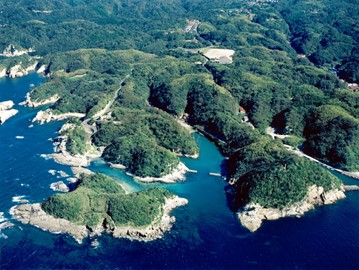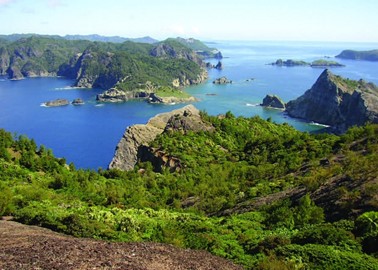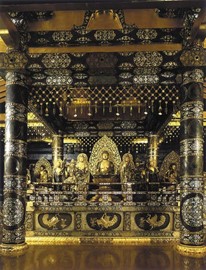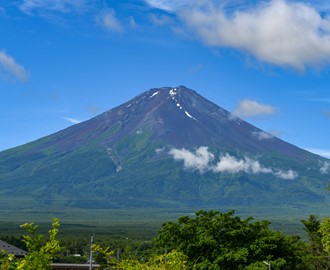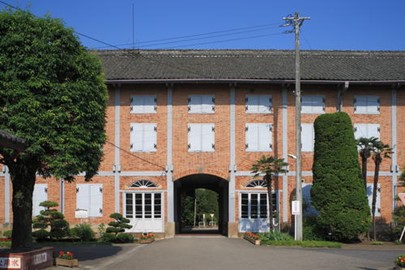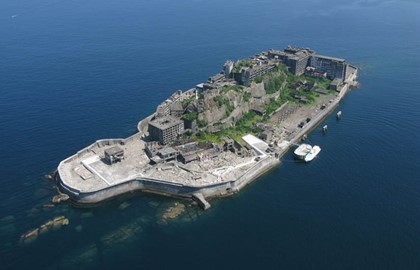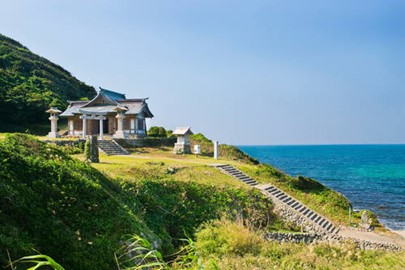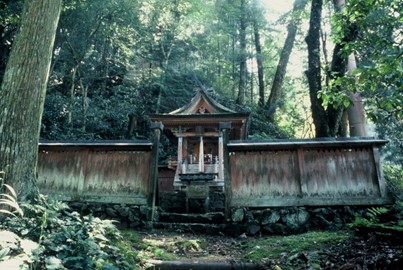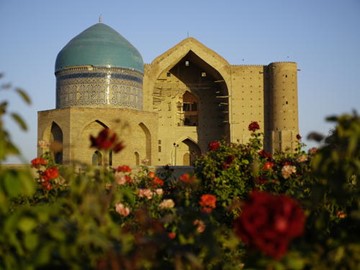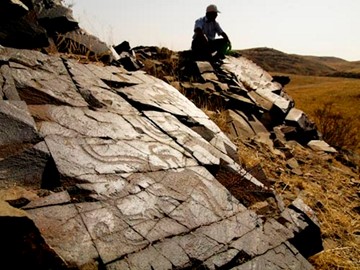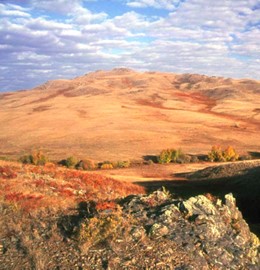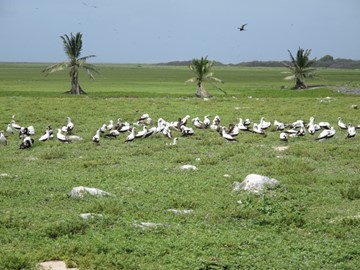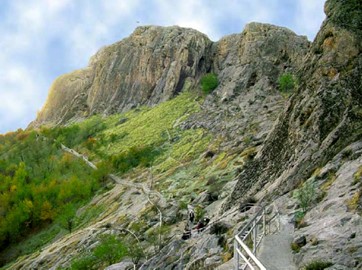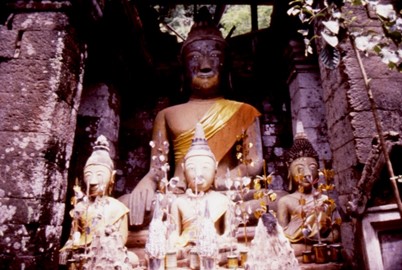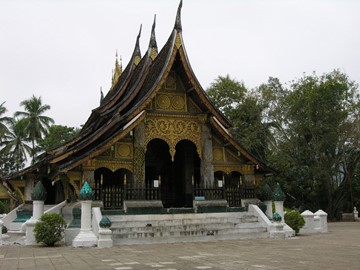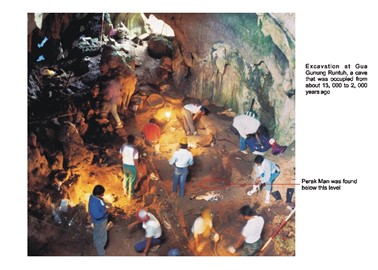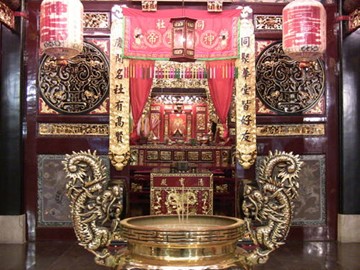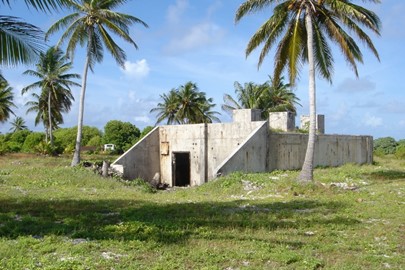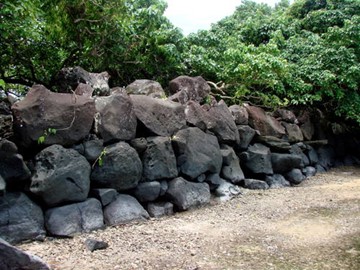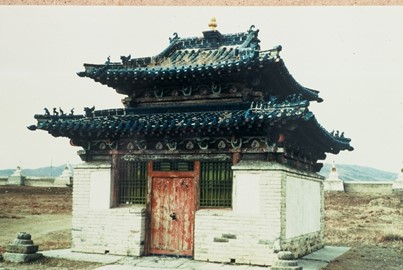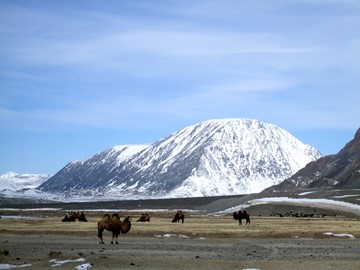region :: asia and the pacific
Shiretoko
Shiretoko, a UNESCO World Heritage site in Japan, is a pristine natural region renowned for its rich biodiversity and dramatic coastal landscapes. This remote peninsula features rugged mountains, dense forests, and a unique ecosystem supporting rare species like the Blakiston’s fish owl and Steller’s sea eagle. Its seasonal sea ice fosters a productive marine environment, sustaining diverse wildlife and fisheries. Shiretoko exemplifies an untouched wilderness harmonizing terrestrial and aquatic habitats.
Iwami Ginzan Silver Mine
The Iwami Ginzan Silver Mine, a UNESCO World Heritage site in Japan, is a historic mining complex renowned for its well-preserved remnants of silver extraction from the 16th to 20th centuries. This site features underground tunnels, refining facilities, and traditional settlements, illustrating advanced mining techniques that once supplied a significant portion of global silver. Its forested landscape and cultural heritage highlight the harmonious blend of human industry and nature.
Ogasawara Islands
The Ogasawara Islands, a UNESCO World Heritage site in Japan, form a remote subtropical archipelago renowned for their unique biodiversity and evolutionary significance. These volcanic islands host over 440 species of native plants and rare endemic wildlife, such as the Bonin flying fox, thriving in isolation from mainland influences. Their pristine beaches, coral reefs, and rugged landscapes highlight a natural laboratory of ecological adaptation and geological history.
Hiraizumi
Hiraizumi, a UNESCO World Heritage site in Japan, is renowned for its well-preserved 11th- and 12th-century Buddhist temples and gardens, reflecting the ideals of Pure Land Buddhism. Key landmarks include the Chuson-ji Temple with its ornate Golden Hall and the Motsu-ji Temple’s tranquil pond garden, both exemplifying medieval Japanese architecture and spiritual heritage. This historic site offers a glimpse into a prosperous cultural era shaped by the powerful Fujiwara clan.
Fujisan
Fujisan, a UNESCO World Heritage site in Japan, is an iconic volcanic peak revered for its symmetrical beauty and cultural significance. This sacred mountain has inspired art, poetry, and pilgrimage for centuries, with historic shrines and trails dotting its slopes. Its snow-capped summit and surrounding landscapes exemplify a harmonious blend of natural splendor and spiritual tradition.
Tomioka Silk Mill
The Tomioka Silk Mill, a UNESCO World Heritage site in Japan, is a well-preserved industrial complex from the late 19th century, symbolizing the country’s early modernization. Established in 1872, it introduced Western silk-reeling technology to boost Japan’s silk industry, featuring original brick buildings, machinery, and workers’ quarters. This site highlights Japan’s pivotal role in the global silk trade and its rapid technological advancement during the Meiji era.
Sites of Meiji Industrial Revolution
The Sites of Japan’s Meiji Industrial Revolution, a UNESCO World Heritage site, highlight the country’s rapid transformation from a feudal society to a modern industrial power in the late 19th and early 20th centuries. This collection of historic locations includes coal mines, shipyards, and steelworks, showcasing pioneering technologies and industrial heritage. Recognized for their global significance, these sites illustrate Japan’s unique blend of Western innovation and traditional craftsmanship during a ... Read More
Okinoshima Island
Okinoshima Island, a UNESCO World Heritage site in Japan, is a sacred islet revered for its ancient Shinto rituals and archaeological treasures. This remote location hosts numerous shrines and offerings, reflecting centuries of maritime faith and cultural exchange. Its pristine natural setting and strict access, limited to male priests for annual ceremonies, underscore its spiritual significance and historical value.
Kii Mountain
The Sacred Sites and Pilgrimage Routes in the Kii Mountain Range, a UNESCO World Heritage site in Japan, encompass a network of ancient Shinto shrines, Buddhist temples, and forested trails. This spiritual landscape highlights the fusion of Shinto and Buddhist traditions, with key sites like Yoshino, Omine, and Koya connected by historic pilgrimage paths. Recognized for its cultural and religious importance, it reflects centuries of devotion and harmony with nature.
Hidden Christian Sites in the Nagasaki Region
The Hidden Christian Sites in the Nagasaki Region, a UNESCO World Heritage site in Japan, represent a unique testament to the resilience of Christian communities that secretly practiced their faith during centuries of persecution. This collection of villages, churches, and archaeological remains illustrates the adaptation of Christianity to Japanese culture under strict bans from the 17th to 19th centuries. Recognized for its historical and cultural value, it highlights a remarkable chapter of religious end... Read More
Mausoleum of Khoja Ahmed Yasawi
The Mausoleum of Khoja Ahmed Yasawi, a UNESCO World Heritage site in Kazakhstan, is an architectural masterpiece from the Timurid era, showcasing intricate tilework and a monumental dome. Built in the late 14th century, it serves as a tribute to a revered historical figure and features an unfinished yet grand design with ornate interiors. Its cultural significance lies in its blend of artistic and structural innovation, reflecting the heritage of the region.
Tamgaly
The Archaeological Landscape of Tamgaly, a UNESCO World Heritage site in Kazakhstan, is renowned for its vast collection of ancient rock carvings and archaeological remains. This site features over 5,000 petroglyphs, depicting hunting scenes, animals, and human figures, dating back to the Bronze Age and later periods. Scattered across a rugged terrain, it includes burial sites and settlements that highlight prehistoric cultural practices. It stands as a testament to the artistic and historical legacy of ear... Read More
Saryarka
Saryarka, a UNESCO World Heritage site in Kazakhstan, is a vital ecological region featuring pristine steppe landscapes and wetlands. It encompasses critical habitats, including lakes that serve as key stopover points for migratory birds, such as the Siberian crane. Recognized for its biodiversity and natural beauty, this site highlights the importance of preserving unique ecosystems and traditional land use practices.
Phoenix Islands
The Phoenix Islands, a UNESCO World Heritage site in Kiribati, form one of the world’s largest protected marine areas, encompassing a pristine cluster of coral atolls and lagoons. This remote Pacific archipelago harbors vibrant ecosystems, including extensive coral reefs, diverse fish populations, and critical seabird nesting sites. Recognized for its ecological significance, it serves as a vital sanctuary for marine biodiversity and a living testament to natural heritage.
Sulaiman Too
Sulaiman-Too, a UNESCO World Heritage site in Kyrgyzstan, is a striking limestone mountain revered for its historical and cultural importance. Rising prominently, it features ancient petroglyphs, caves, and shrines that trace centuries of human activity and spiritual traditions. Recognized for its role as a landmark for travelers and its well-preserved archaeological sites, it offers a unique glimpse into the region’s past.
Vat Phou
Vat Phou, a UNESCO World Heritage site in Laos, is an ancient temple complex renowned for its stunning Khmer architecture and historical significance. Dating back to the 5th century, with major expansions between the 11th and 13th centuries, it features a terraced layout leading to a sanctuary atop a hill, aligned with a natural spring. This sacred site reflects a blend of spiritual traditions and sophisticated engineering, set against a dramatic mountainous backdrop.
Luang Prabang
Luang Prabang, a UNESCO World Heritage site in Laos, is a beautifully preserved town blending traditional Lao architecture with French colonial influences. Nestled along the Mekong River, it features gilded temples, saffron-robed monks, and a vibrant morning alms-giving tradition that highlight its rich cultural heritage. The town's historic core, including the ornate Wat Xieng Thong temple, reflects a unique fusion of local and European styles. Its tranquil charm and historical significance make it a stand... Read More
Kinabalu Park
Kinabalu Park, a UNESCO World Heritage site in Malaysia, is renowned for its rich biodiversity and stunning landscapes. Home to Mount Kinabalu, Southeast Asia’s highest peak, the park boasts over 4,500 species of flora and fauna, including rare orchids and the carnivorous pitcher plant. Established in 1964, it serves as a vital conservation area and a popular destination for ecotourism, offering visitors a chance to explore its unique ecosystems and natural beauty.
Gunung Mulu
Gunung Mulu, a UNESCO World Heritage site in Malaysia, is renowned for its exceptional biodiversity and stunning geological formations. This national park features vast limestone caves, including the world’s largest cave chamber, and dense rainforests teeming with unique flora and fauna. Its dramatic peaks, deep gorges, and hidden underground rivers make it a globally significant natural wonder, attracting researchers and adventurers alike.
Lenggong Valley
Lenggong Valley, a UNESCO World Heritage site in Malaysia, is an archaeological treasure trove showcasing human history spanning over 1.8 million years. This prehistoric site features ancient stone tools, skeletal remains, and cave settlements, including the notable Perak Man, one of Southeast Asia’s oldest human skeletons, dated to around 11,000 years ago. Its well-preserved open-air and cave sites offer critical insights into early human migration, technology, and culture in a tropical environment.
Melaka and George Town
Melaka and George Town, recognized as a UNESCO World Heritage site in Malaysia, are historic cities showcasing a unique blend of cultural influences from Malay, Chinese, Indian, and European traditions. Their well-preserved architecture, including colonial buildings, temples, and traditional shophouses, reflects centuries of trade and cultural exchange along the Straits of Malacca. This vibrant heritage, marked by distinct urban layouts and multicultural legacies, highlights their historical significance as... Read More
Bikini Atoll
Bikini Atoll, a UNESCO World Heritage site in the Marshall Islands, is a coral reef renowned for its historical significance and unique ecosystem. Between 1946 and 1958, it served as a testing ground for 23 nuclear explosions conducted by the United States, leaving behind a legacy of sunken warships and radioactive remnants. Today, the atoll’s pristine lagoons and diverse marine life attract researchers and divers, while its cultural importance reflects the resilience of the displaced Bikinian people.
Nan Madol
Nan Madol is a remarkable World Heritage site in Micronesia, often dubbed the 'Venice of the Pacific' for its unique construction. Built between the 13th and 17th centuries, it consists of nearly 100 artificial islets made of basalt and coral, linked by a network of canals. This ancient city served as a political and ceremonial center for the Saudeleur dynasty, showcasing advanced engineering and organizational skills. Its stone structures, including temples and tombs, reflect a complex society that thrived... Read More
Orkhon Valley
The Orkhon Valley, a UNESCO World Heritage site in Mongolia, is a historically and culturally significant region showcasing the evolution of nomadic pastoral traditions over more than two millennia. It features ancient archaeological remains, including the 6th-century Turkic memorials, the 8th-century Orkhon inscriptions—the oldest known Turkic writings—and the 13th-century capital of the Mongol Empire, Karakorum. The landscape, encompassing grasslands, rivers, and mountains, reflects the enduring relations... Read More
Petroglyphs of the Mongolian Altai
The Petroglyphs of the Mongolian Altai, a UNESCO World Heritage site, feature ancient rock carvings dating back to the Late Pleistocene and Early Holocene periods. These petroglyphs, etched into mountain slopes and rocky outcrops, depict a variety of animals, hunting scenes, and human figures, offering valuable insights into the prehistoric cultures and environments of the region. Recognized for their historical and artistic significance, they represent one of the largest collections of rock art in North As... Read More
